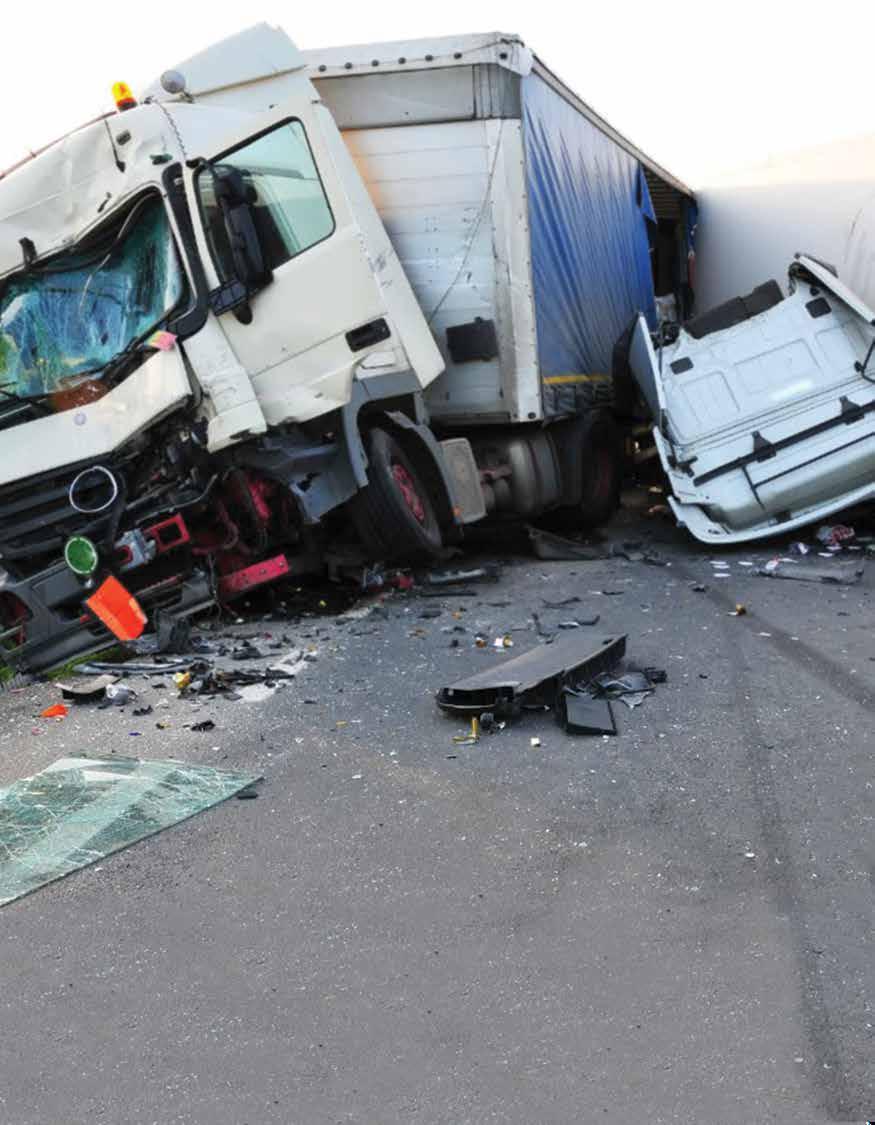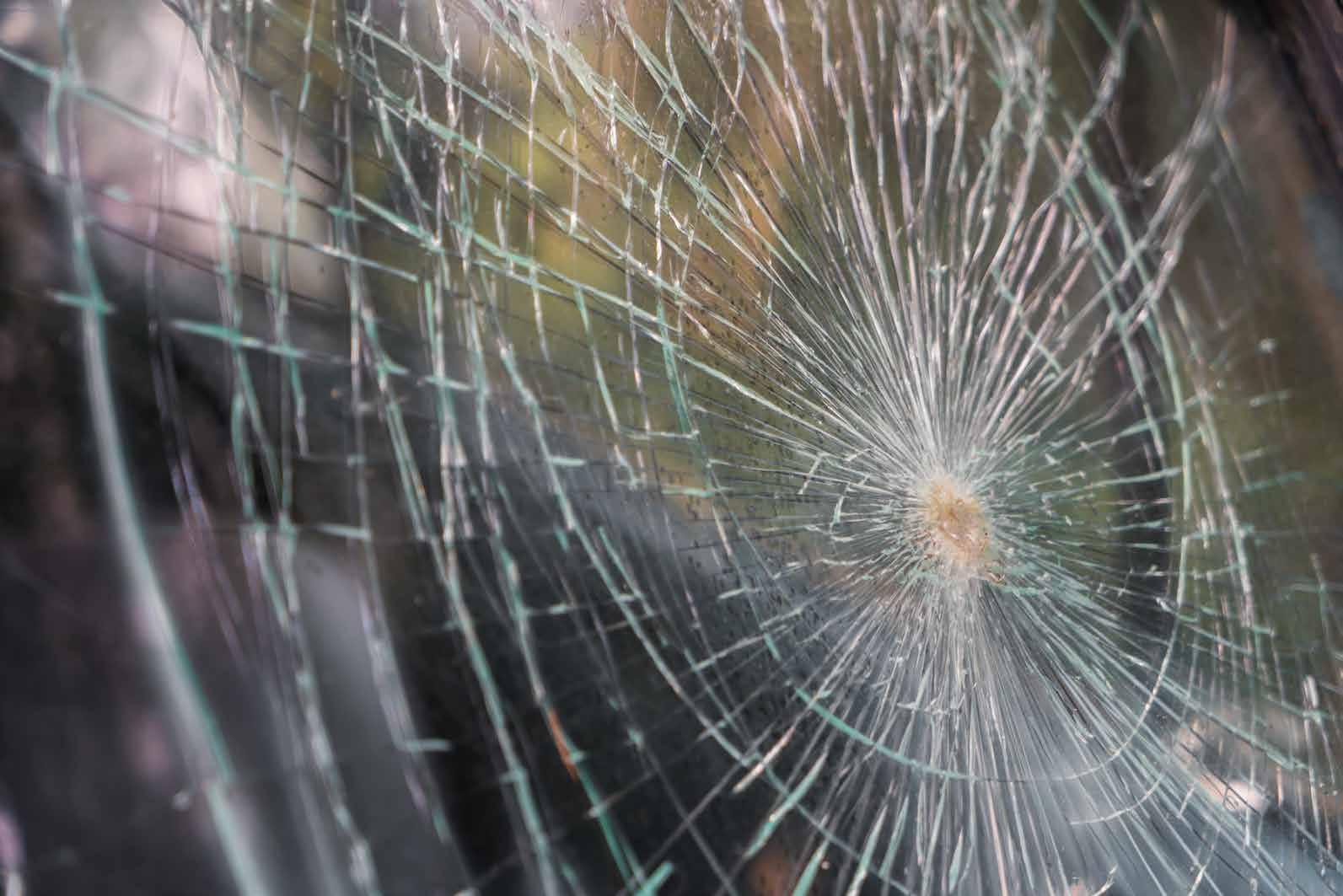
4 minute read
Distractions not needed
DISTRACTIONS NOT NEEDED

By: R.D. Gibson
In 2017, 3,166 people died in a car accident caused by distracted driving. That’s 9-percent of total fatalities. 599 were people who weren’t even in a car, but they were killed because a distracted driver was behind the wheel. The culprits are numerous; cellular phones being one of them.
However, the list gets way longer when we start to think about the things that we can control while operating a motor vehicle; eating and drinking, even so much adjusting the volume level or the air conditioning. Taking your eyes off the road does not put just the life and property of the driver in danger, but those of others.
Distracted driving is defined as ‘any activity that diverts attention from driving’. According to the U.S. Department of Transportation National Highway Traffic Safety Administration’s website, ‘texting is the most alarming distraction’. The NHTSA stated that sending or reading a text for five seconds is like driving the length of a football field with eyes closed.
These are some serious statistics. Those are scary statistics for anyone to read. In a research note organized and created by the NHTSA published in April 2019, the age group with the highest number of fatalities of distracted driving is under 20. That does not let all of us off-the-hook.
Technology is advancing rapidly. The interconnectivity of the world is expanding just as rapidly with the prevalence of social media as well. This affects way more than the average bystander and civilian. It is easy to talk about the consequences of distracted driving with the fatality statistics, but it is important to look at the implications to businesses, as well.
Phil Hagen of Pacific Pest Control stated, “Within our company, we have been affected by distracted driving a lot within the past year.” He elaborated with the four incidences in which his company’s vehicles were hit by distracted drivers between 2018 and 2019. “All of these accidents occurred while our trucks were stopped at a traffic light,” when their driver was rear-ended.
Hagen continued by talking about the administrative costs and repair costs ended up in losses in time and equipment for the business, even if the insurance did cover the tab.
For businesses that have drivers and vehicles that regularly take to the road, Hagen believes it might be important for them to have strict no-cellular phone policies while driving. “For us, all of our vehicles have Bluetooth so that there is no need to look at their phones while driving.” Hagen continued by saying that Bluetooth connectivity is easy as most vehicles have those capabilities, and there should be training for connecting to Bluetooth.
Additionally, he stressed the unnecessary checking of numerous notifications. “Most of the text messages or alerts on social media do not need immediate attention,” he stated.
Monique R. Baysinger, AU, AIC, an Underwriting Manager of Pacific Indemnity insurance Company explained, “Guam really hasn’t implemented intentional enforcement of distracted driving so it can be challenging to identify when an accident or injury occur from a distraction, unless the driver confesses to being distracted.”
Baysinger confirmed that since there has been an increase in mobile technology use, “the local insurance industry has seen an increase in minor ‘fender bender’ accidents which are happening at lower speeds.” However, it is difficult to tell with “limited enforcement capabilities”, like street light cameras. According to Baysinger, there are three main types of distractions: visual - where we actively take our eyes off the road;
manual - taking at least one hand off the steering wheel; and cognitive - our minds are removed from the task of driving. “This means we are operating a 2-ton piece of equipment and we aren’t even thinking about it,” she stated.
Additionally, working in an environment that requires full attentiveness, like, say a construction site, might cause more problems when people aren’t fully aware. She added, “I have personally seen individuals injure themselves while walking distracted by a mobile device,” she continued, “Not paying attention while moving is dangerous period.”
When it comes to company policies, Baysinger echoed Hagen’s sentiments by stating, “Encourage turning off (or at least place on silent) phones while in the vehicle, implement a zero tolerance cell phone usage rule while in vehicles and on equipment, ...consistent messaging and regular safety reminders are the best way to implement a change in culture, reminding your crew to keep their eyes on the road or their ‘heads up’.”
Baysinger emphasized the need to be defensive drivers now more than ever. Whether driving in a personal vehicle or a truck for a business, the culture about ‘I’m parked at the light, it’s okay’ needs to change. Sure, we are stopped, but somebody else might not. They probably haven’t read this article either. “When pulling out onto a major thoroughfare you can’t assume the person driving that oncoming car sees you because their eyes could be on their phone and not the road,” stated Baysinger.
The HeadsUp Campaign kicked off in April 2019 through the Insurance Association of Guam as a way of raising awareness about the risks many drivers take every day. “[It] was created [...] remind the island drivers that we need to keep our heads up...meaning eyes on the road, hands on the wheel, and minds engaged,” Baysinger stated.
It is easy to give out statistics. It is even easier NOT to be one. And, sure, it is easy to think, “it’s five seconds - what’s the worst that can happen?” However, that split-second thought can mean so much more than the ‘LOL *smiley face emoji* *laughing emoji*’ message you’ll read instead of paying attention to the road. The Whatsapp notification can wait. Facebook and Instagram, as well. The stop light An overwhelming message of ‘put your phone down; it can wait!’ resounded from those being interviewed. It really does also take self-control and creating a culture that understands the consequences. Sometimes it costs money for things we can replace; other times it comes at a much higher price.

OTHER FORMS OF DISTRACTED DRIVING:
• Eating/ drinking while driving • Smoking/vaping while driving • Applying make-up while driving • Reaching for items on or behind seats • Talking to passengers • Looking at objects on the roadside/Rubbernecking • Watching the car behind you in your rear view mirror • Watching cargo in bed of pickup truck • Aggressive driving/Tailgating • Trying to discipline children seated in back • Two cars driving parallel trying to talk to each other • Road Rage • Driving while fatigued

